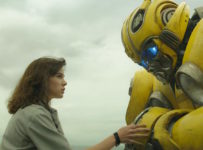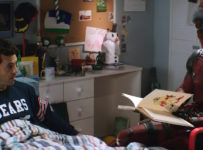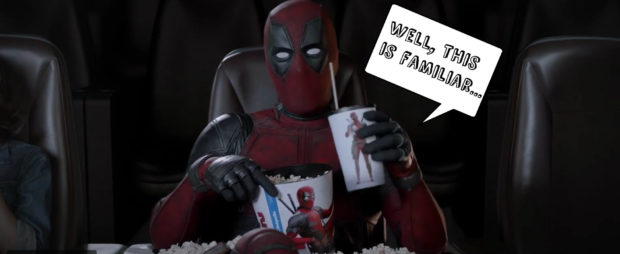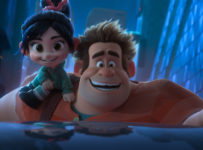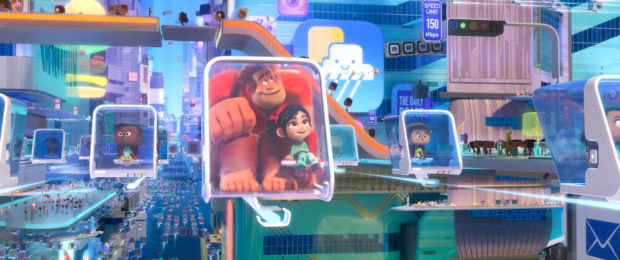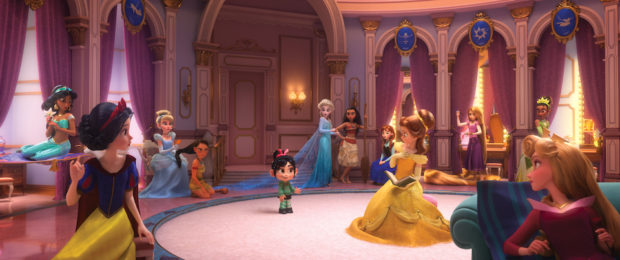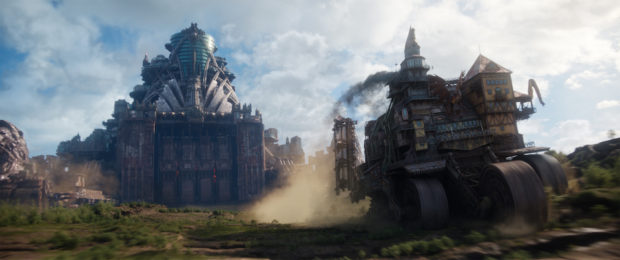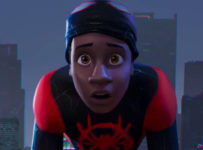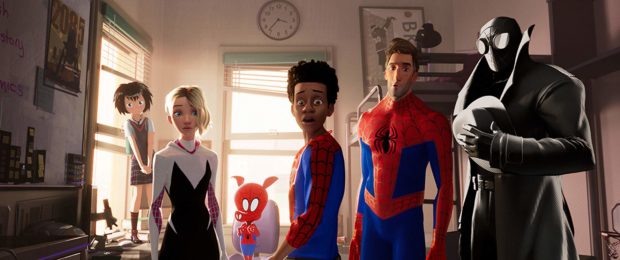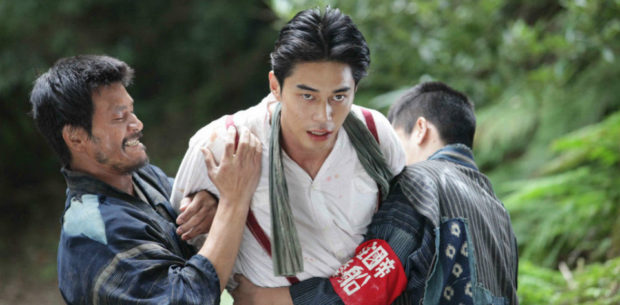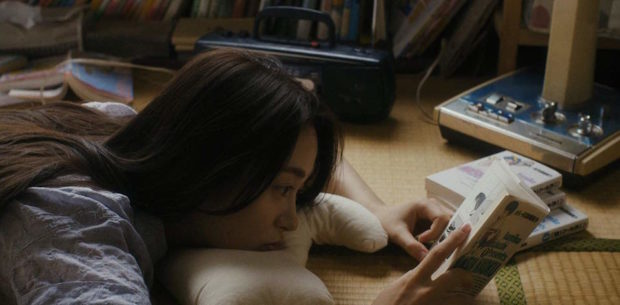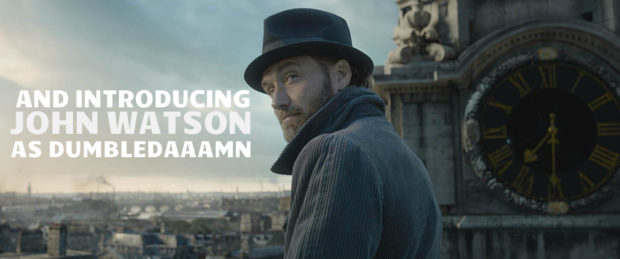The massive success of the Transformers film franchise has baffled some, delighted others, and earned a bucketload of cash for a handful. Yet for children of the 80s there’s always been something missing: a wistful nostalgia for the first time we watched the commercials masquerading as entertainment and thought to ourselves ‘I want that toy.‘ BUMBLEBEE is a pleasant return to those days.
On Cybertron, the Autobots are about to lose to the civil war to the Decepticons. Optimus Prime sends the young scout B-127 to Earth to help set up a base of operations. However, shortly after crash-landing in California during 1987, B-127’s vocal box is damaged and his memory damaged. Teenager Charlie (Hailee Steinfeld) later finds a yellow Volkwagon Beetle and is surprised when it comes to life.
After the nostalgic joy of seeing old-school versions of Shockwave and Optimus Prime on screen briefly, BUMBLEBEE settles into a different kind of retro. Set in the 1980s, director Travis Knight (Kubo and the Two Strings) infuses the film with a soundtrack that includes a-ha, Duran Duran, and a lot of The Smiths. It’s like John Hughes produced a Transformers movie: indeed, there’s a few overt references to his films in there.
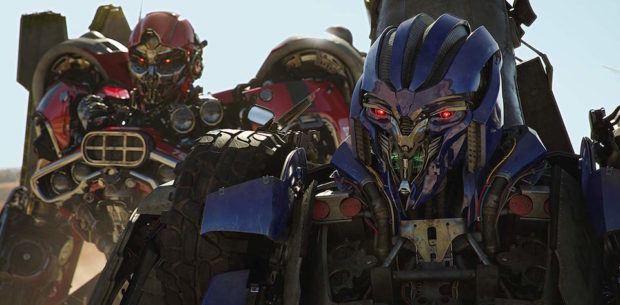
Yet BUMBLEBEE is less Hughes and more Steven Spielberg in its scope and vibe. The nearest 1980s comparison would be E.T.: The Extra-Terrestrial, another film with an orphan alien being hunted by government officials. In this vein, it’s on a much smaller scale to the rest of the Transformers series, although there’s still some impressively staged action. Yes, some of it is the kind of Rock ‘Em Sock ‘Em Robots we’ve grown used to over the last few billion dollars worth of film. Yet other sequences (like a cop car chase) are infused with some Herbie/Love Bug comedy that’s simply refreshing.
After a series of men leading up the franchise, from Shia LaBeouf and Mark Wahlberg, Steinfeld is a more than welcome change. Christina Hodson’s (Unforgettable) screenplay merges Steinfeld’s character with her persona from Edge of Seventeen, making her a capable ex-diver with a penchant for car repair and pop music. This is what happens when the creative team cares about the human leads as much as the robotic ones.
With BUMBLEEBEE, director Knight gives the Transformers franchise a soft-reboot and a new outlook. Veering away from the heavy-handed action plots, the series gets as small-scale as it’s ever likely to be and reignites the simple joys of watching robots transform into cars – and vice versa.
2018 | US | DIR: Travis Knight | WRITERS: Christina Hodson| CAST: Hailee Steinfeld, John Cena, Jorge Lendeborg Jr, John Ortiz, Jason Drucker, Pamela Adlon | RUNNING TIME: 114 minutes | DISTRIBUTOR: Paramount Pictures (AUS) | RELEASE DATE: 20 December 2018 (AUS), 21 December 2018 (US)
